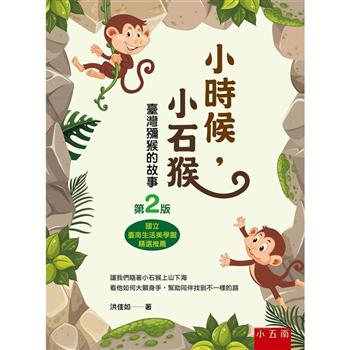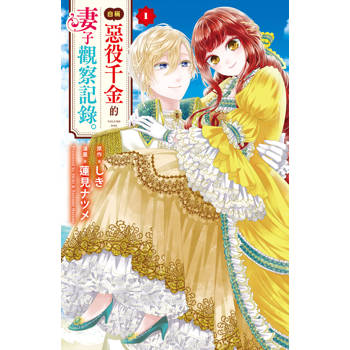| FindBook |
|
有 1 項符合
witold pedrycz的圖書 |
 |
$ 1380 ~ 9675 | FUZZY SYSTEMS ENGINEERING: TOWARD HUMAN-CENTRIC COMPUTING
作者:WITOLD PEDRYCZ 出版社:全華經銷 出版日期:2007-08-13 規格:24*16cm / 精裝 / 526頁  共 2 筆 → 查價格、看圖書介紹 共 2 筆 → 查價格、看圖書介紹
|
|
|
圖書介紹 - 資料來源:博客來 評分:
圖書名稱:Fuzzy Systems Engineering: Toward Human-Centric Computing
|











